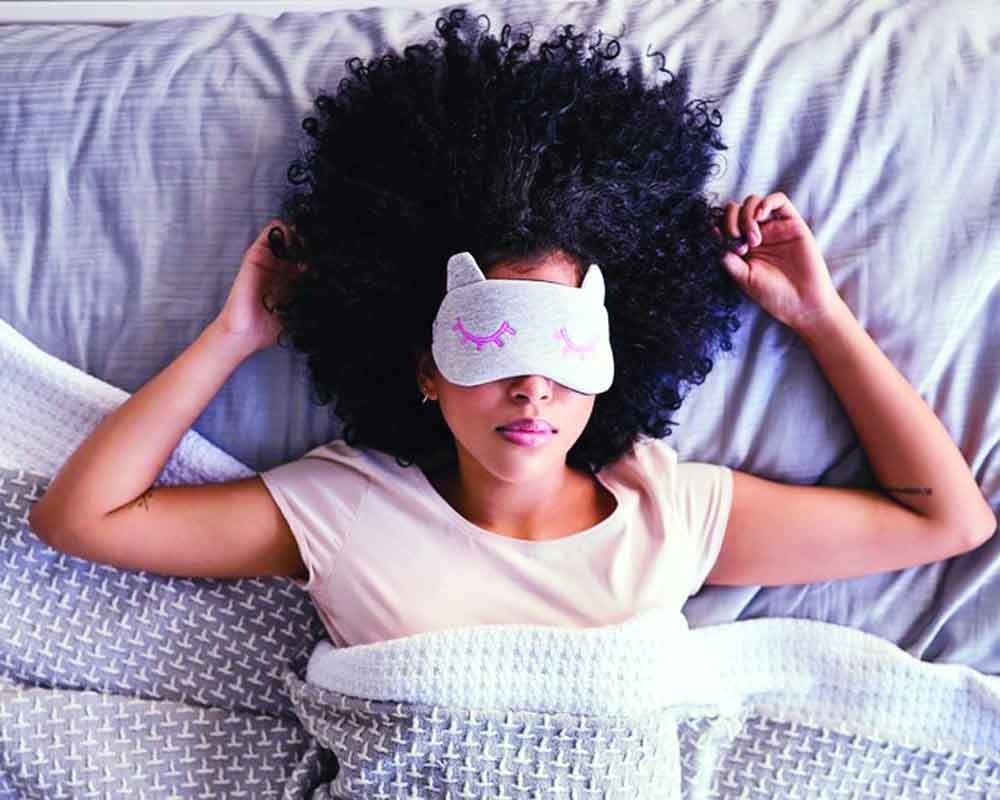How periods affect quality of sleep
Young women are more likely to experience sleep disruption in the days leading up to their menstrual period, a study has found. “Sleep is more disrupted in the several days directly prior to menses in young healthy women,” said Anne E Kim, a medical student at Case Western Reserve University in the US. “Increased sleep disruption was found in the late luteal phase, which corresponds with the days directly prior to menses,” said Kim. Menstrual phase affected sleep efficiency, wake after sleep onset (WASO), number of awakenings per night, and sleep fragmentation index, in keeping with increased sleep disruption in the late luteal phase. Compared with the early follicular phase, sleep efficiency decreased by 3.3 per cent, WASO increased by 15 minutes, and the number of awakenings per night increased by three in the late luteal phase.
Oestrogen can protect bones?
Researchers have found a new molecular link between oestrogen and bone ageing, which may lead to new strategies to treat osteoporosis among post-menopausal women. Osteoporosis is a condition in which bones become weak and prone to fractures. Women over 50 are at a high risk of developing osteoporosis, which may be due to the loss of oestrogen that occurs after menopause. “Oestrogen plays an important role in maintaining a functional bone matrix,” said Tomoki Nakashima from the Tokyo Medical and Dental University in Japan. However, how oestrogen does this was not fully understood. Researchers discovered a protein called Sema3A, which was found to maintain bone matrix — proteins and minerals in bone — suggesting a relationship between oestrogen and Sema3A.
Nine genes behind eyebrow colour
An international research team has for the first time identified nine genes responsible for eyebrow colours. Eyebrow colour is one of the most recognisable visual traits of the human body. It has a strong correlation with hair colour, but scientists believe in the existence of overlapping and unique genetic components for both traits. Previous studies on human eyes, hair, and skin colour have identified multiple gene variants, but no findings for eyebrow colour have been reported as of yet. For the new study, researchers from China, the Netherlands, Australia, Britain and the US analysed samples of 6,513 European individuals, and graded colours into four categories: Red, blond, brown, and black. They found that eight genes, previously known pigmentation genes, could affect both eyebrow and hair colour, such as gene variant MC1R, responsible for both blond eyebrows and red hair.


























